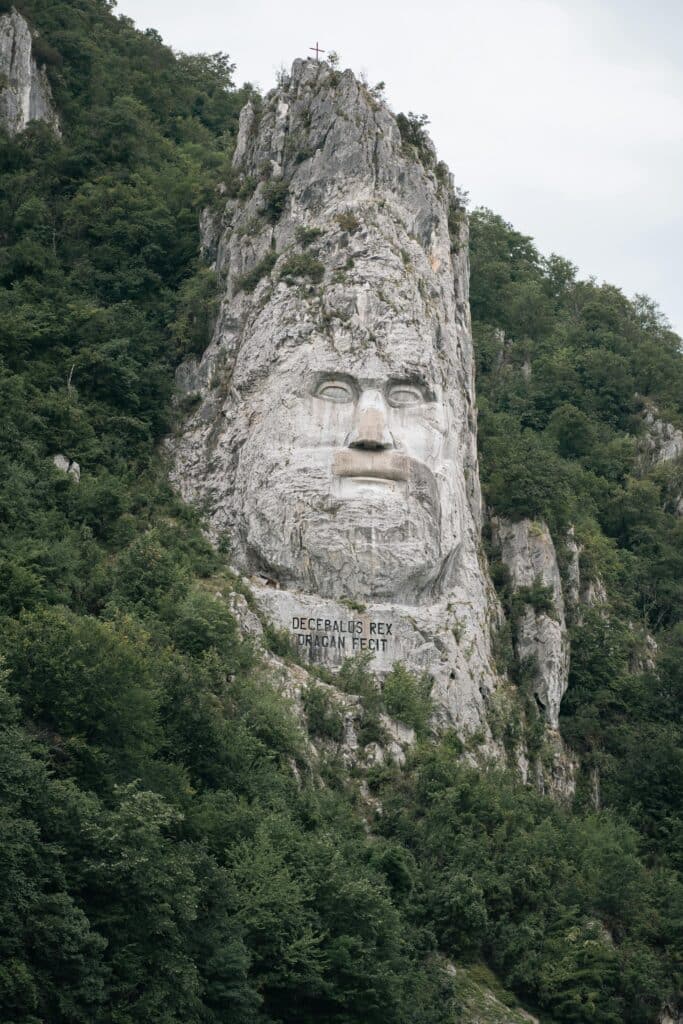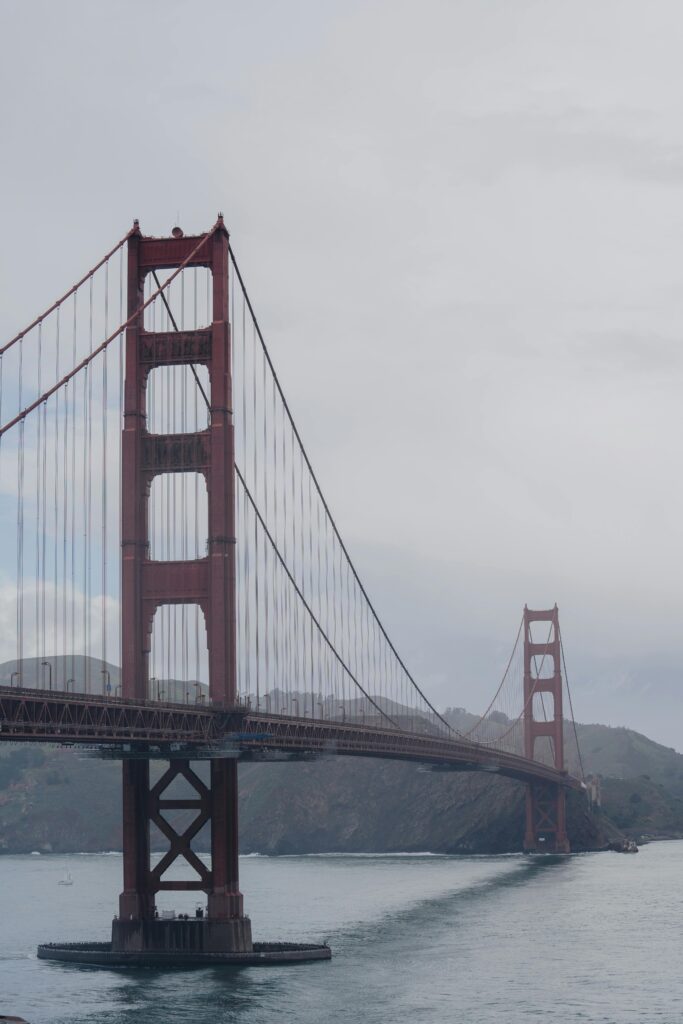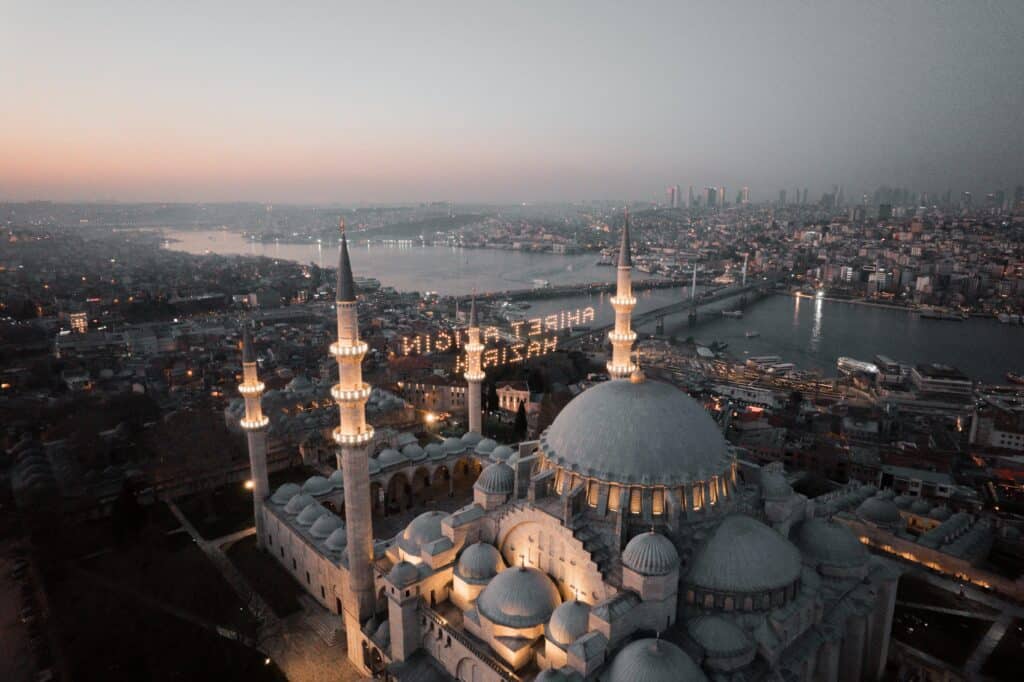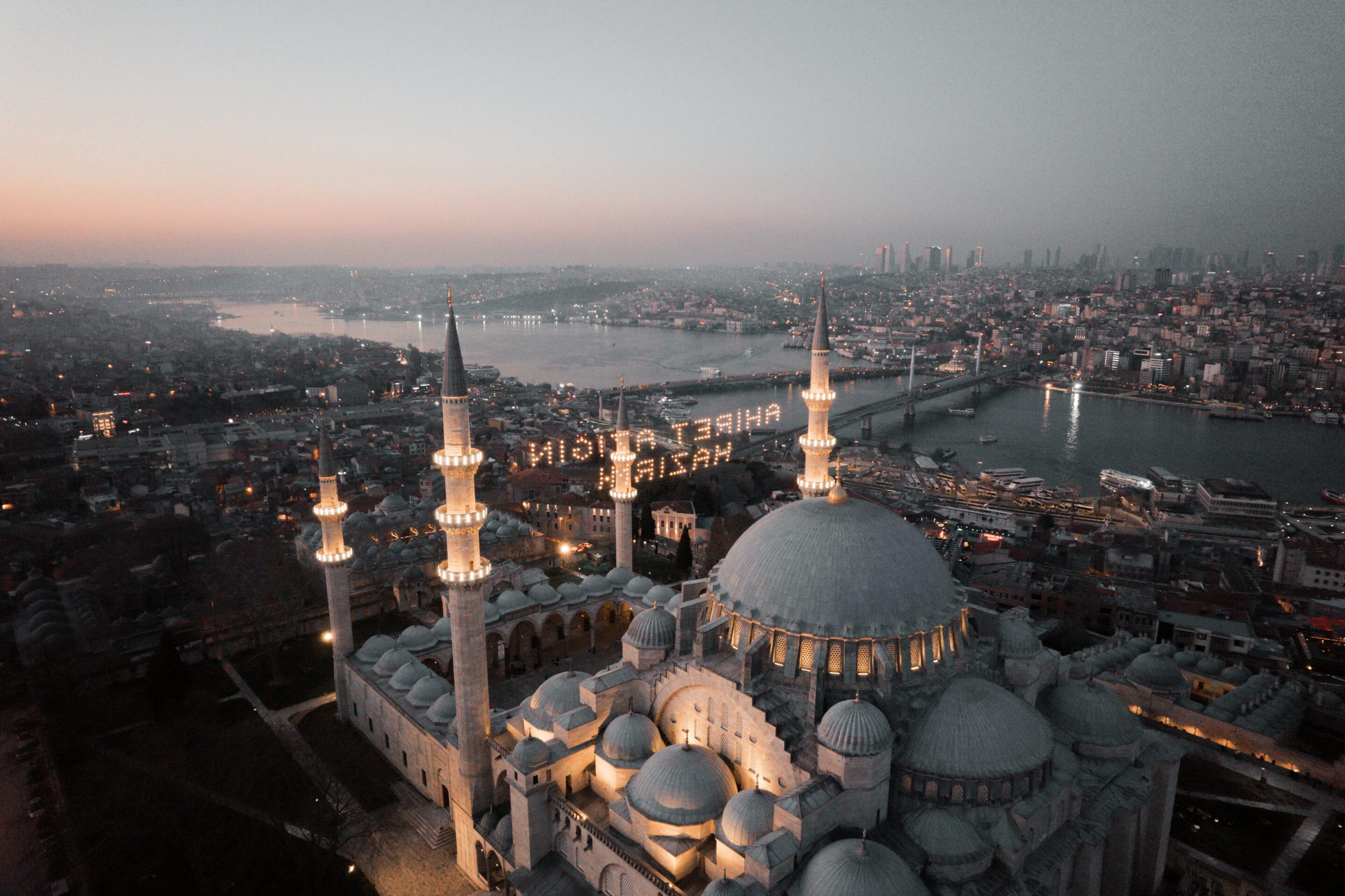Have you ever wondered about the captivating history of Costa Rica? From ancient indigenous civilizations to colonial times, the country is steeped in a rich historical heritage waiting to be explored. Whether you’re a history buff or simply curious about the past, there are plenty of exciting ways to experience Costa Rica’s historical sites. From visiting archaeological ruins to exploring charming colonial towns, this article will guide you through the best ways to immerse yourself in the fascinating history that shaped this beautiful Central American nation. So grab your sense of adventure and get ready to step back in time in Costa Rica!

The Formation of Costa Rica
Costa Rica, located in Central America, has a rich and diverse history that has shaped the country into what it is today. Understanding the formation of Costa Rica is crucial to appreciating its historical heritage. The country’s history can be divided into three main periods: the pre-Columbian era, the Spanish conquest and colonization, and the subsequent independence and formation of modern Costa Rica.
Pre-Columbian period: Indigenous Cultures
Before the arrival of the Spanish, Costa Rica was inhabited by several indigenous groups, each with their own unique cultures and traditions. The major indigenous groups in Costa Rica were the Chorotega, Bribri, and Cabécar. These indigenous cultures left a lasting impact on the country’s history, influencing various aspects of Costa Rican life, including language, arts and crafts, and agricultural practices.
The Spanish conquest and colonization
In the early 16th century, Spanish explorers arrived in Costa Rica, marking the beginning of the Spanish conquest and colonization. The Spanish brought with them European customs, architecture, and religion, which heavily influenced the country’s development. Costa Rica became a Spanish colony, and its indigenous populations were forced into labor and subjected to the imposition of Catholicism. The Spanish also introduced crops such as coffee and sugar cane, which would later become significant economic drivers for the country.
Independence and formation of modern Costa Rica
Costa Rica gained its independence from Spain in 1821, along with other Central American countries. The newly independent Costa Rica faced several challenges, including political instability and conflicts with neighboring countries. However, unlike its neighbors, Costa Rica managed to avoid major conflicts and political upheavals. This stability, combined with its commitment to education and health, allowed the country to develop a strong democratic system and prioritize social welfare. Today, Costa Rica is known as a peaceful and progressive nation in Central America.
Colonial Architecture in Costa Rica
Overview of the Spanish colonial style
The Spanish colonial style of architecture is evident in many buildings throughout Costa Rica. This architectural style is characterized by its use of adobe or stone materials, red-tiled roofs, and ornate details such as wrought iron balconies and wooden carvings. The Spanish colonial influence can be seen in both residential and public buildings, particularly in the country’s capital, San Jose.
Significant colonial buildings in San Jose
San Jose, the capital city of Costa Rica, boasts several significant colonial buildings that showcase the country’s architectural heritage. One of the most iconic examples is the National Theatre, a stunning theater built in the late 19th century. Its grandeur and intricate details mirror the opulence of European theaters at the time. Another notable colonial building is the Metropolitan Cathedral, which features a blend of Spanish colonial and neo-Gothic styles.
Role of architecture in Costa Rica’s history
Architecture in Costa Rica not only serves as a historical record but also plays an important role in shaping the country’s identity. Colonial buildings stand as a testament to the influence of Spanish colonization, while more modern architectural designs reflect Costa Rica’s journey towards independence and its unique cultural heritage. By preserving and appreciating its architectural treasures, Costa Rica honors its past and inspires future generations.
Indigenous Heritage of Costa Rica
Major indigenous groups: Chorotega, Bribri, Cabécar
The indigenous heritage of Costa Rica is rich and diverse, with several major indigenous groups having inhabited the land for centuries. The Chorotega, Bribri, and Cabécar are among the most prominent indigenous groups in the country. Each group has its own distinct language, customs, and traditions, which have contributed to the cultural tapestry of Costa Rica.
Traditional arts and crafts as a part of history
Traditional arts and crafts have long been an integral part of Costa Rica’s indigenous heritage. Indigenous communities have passed down their artistic traditions through generations, creating unique pieces that reflect their cultural identity. Handwoven textiles, intricate pottery, and beautifully crafted jewelry are just a few examples of the traditional arts and crafts that showcase the skill and creativity of Costa Rica’s indigenous communities.
Indigenous reserves and cultural preservation
In recognition of the importance of preserving indigenous culture, Costa Rica has established indigenous reserves that provide a protected space for indigenous communities. These reserves not only protect the natural environment but also safeguard the cultural heritage of the indigenous groups. Visitors to these reserves can learn about indigenous traditions, participate in traditional ceremonies, and support the local communities through responsible tourism.
National Monuments and Landmarks
Guayabo National Monument: Archaeological Treasure
Guayabo National Monument is a significant archaeological site in Costa Rica and is considered one of the country’s most important pre-Columbian sites. The site showcases the ruins of an ancient city that dates back to around 1000 BC. Visitors can explore the remains of structures, including plazas, roads, and aqueducts, which provide insight into the advanced civilization that once thrived in this area.
The National Theatre: A cultural icon
No visit to Costa Rica is complete without experiencing the grandeur of the National Theatre in San Jose. Built in 1897, the National Theatre is an architectural masterpiece and a symbol of Costa Rican culture. The theater hosts a variety of cultural events, including ballet performances, orchestral concerts, and theater productions. Its opulent interiors, adorned with marble, gold leaf, and intricate woodwork, create an unforgettable atmosphere for visitors.
The Stone Spheres of Diquis: UNESCO World Heritage site
Located in the southern region of Costa Rica, the Stone Spheres of Diquis are a UNESCO World Heritage site and a testament to the ancient craftsmanship of the country’s indigenous inhabitants. These perfectly round stone spheres date back to 600 AD and are believed to have been used for various purposes, such as astronomical observations or religious ceremonies. The Stone Spheres continue to captivate visitors with their mystery and historical significance.

Historic Cities and Towns
Cartago: The old capital
Cartago, the former capital of Costa Rica, is a city steeped in history. Founded in the 16th century, Cartago was the political and religious center of the region during the Spanish colonial period. The city is home to several historic landmarks, including the Basílica de Nuestra Señora de los Ángeles, a beautiful basilica that attracts pilgrims from around the world. Cartago’s colonial architecture and charming atmosphere make it a must-visit destination for history enthusiasts.
Heritage of Puerto Limon
Puerto Limon, located on Costa Rica’s Caribbean coast, is known for its rich cultural heritage. The city played a significant role in the country’s history, serving as a major port for trade during the colonial era. Today, visitors can explore Puerto Limon’s historic neighborhoods, visit the Municipal Museum, and immerse themselves in the vibrant Afro-Caribbean culture that defines the region.
Colonial charm of Barva
Barva, a small town nestled in the Central Valley of Costa Rica, exudes colonial charm and is a well-preserved example of the country’s colonial heritage. Its cobblestone streets, colorful colonial houses, and quaint plaza create a picturesque setting that transports visitors back in time. Barva is also home to the Church of San Bartolomé, an architectural gem that showcases a blend of colonial and indigenous influences.
Historical Museums in Costa Rica
National Museum of Costa Rica
The National Museum of Costa Rica, located in San Jose, provides a comprehensive overview of the country’s history and cultural heritage. Housed in a former military barracks, the museum features a diverse collection of artifacts, including pre-Columbian artifacts, colonial art, and historical documents. Visitors can immerse themselves in Costa Rica’s past through interactive exhibits and displays that highlight the country’s significant historical events.
Jade Museum
The Jade Museum in San Jose is dedicated to showcasing the cultural and historical significance of jade in Costa Rica. The museum houses one of the world’s largest collections of pre-Columbian jade artifacts, including intricately carved pendants, figurines, and ceremonial objects. Through its exhibits, the Jade Museum offers insights into ancient indigenous civilizations and their connection to jade as a symbol of wealth, power, and spirituality.
Gold Museum
Located underneath the Plaza de la Cultura in San Jose, the Gold Museum exhibits a remarkable collection of pre-Columbian gold artifacts. The museum showcases the exquisite craftsmanship of the indigenous cultures that inhabited Costa Rica before the arrival of the Spanish. Visitors can marvel at intricate gold ornaments, objects of worship, and ceremonial pieces that offer a glimpse into the spiritual and cultural practices of Costa Rica’s pre-Columbian societies.
Regional historical museums
Beyond the capital city, Costa Rica is home to numerous regional historical museums that provide a deeper understanding of the country’s diverse local histories. These museums, often housed in historic buildings, offer exhibitions on topics such as regional indigenous cultures, colonialism, and the country’s independence struggle. Visiting these regional museums allows you to explore Costa Rica’s historical heritage on a more localized level and appreciate the unique stories of different regions.

Historical Influence on Costa Rica’s Cuisine
Colonial influences on food
Costa Rican cuisine is a blend of indigenous, Spanish, and other European influences. The Spanish colonization brought new ingredients and cooking techniques that still play a significant role in the country’s cuisine. Staples such as beans, rice, corn, and plantains form the foundation of many Costa Rican dishes, while the use of spices, dairy products, and meat reflects European culinary influences.
Indigenous contribution to contemporary cuisine
The indigenous heritage of Costa Rica has had a lasting impact on the country’s cuisine. Traditional indigenous ingredients, such as yucca, chayote, and pejibaye, are still widely used in contemporary dishes. Indigenous cooking techniques, such as pit-roasting and using banana leaves for steaming, have also been incorporated into Costa Rican culinary traditions. Exploring the local food scene allows you to taste the fusion of indigenous and European influences that make Costa Rican cuisine unique.
Popular traditional dishes of Costa Rica
Costa Rica is renowned for its simple yet flavorful traditional dishes. One iconic dish is gallo pinto, a combination of rice and beans, often served with eggs, tortillas, and a side of sour cream. Another popular dish is casado, a hearty plate that typically includes rice, beans, meat or fish, plantains, and salad. Other traditional dishes include olla de carne (beef stew), ceviche (marinated raw fish), and empanadas (stuffed pastries). Trying these traditional dishes allows you to savor the flavors of Costa Rica’s culinary history.
Historical and Cultural Festivals
Events commemorating independence
Costa Rica celebrates its independence from Spain on September 15th, a date that holds great significance for the nation. The Independence Day celebrations involve parades, music, traditional dances, and fireworks. Throughout the country, people gather to honor their history and express their national pride. Joining in the festivities allows you to experience the vibrant spirit of Costa Rica and gain a deeper appreciation for its independence struggle.
Indigenous festivals and ceremonies
Indigenous festivals and ceremonies are an integral part of Costa Rica’s cultural heritage. These events showcase the indigenous communities’ rich traditions, music, dances, and costumes. The Boruca Mask Festival, held by the Boruca people, is one of the most popular indigenous celebrations in Costa Rica. During this festival, traditional wooden masks are worn, depicting mythological characters, and a symbolic battle is reenacted. Attending these festivals offers a unique glimpse into Costa Rica’s indigenous cultures and their ongoing cultural preservation efforts.
Religious celebrations and traditions
Religion plays a significant role in Costa Rican culture, and religious festivities are deeply ingrained in the country’s history. Semana Santa, or Holy Week, is one of the most important religious celebrations in Costa Rica. During this week leading up to Easter, elaborate processions and religious ceremonies take place throughout the country. Pilgrimages to religious sites, such as the Basílica de Nuestra Señora de los Ángeles in Cartago, are also part of Costa Rica’s religious traditions. Participating in these religious celebrations allows you to witness the fusion of faith and history in Costa Rican culture.
Costa Rica’s Military Abolition
History of the military abolition
Costa Rica made history in 1949 by being the first country in the world to formally abolish its military. Following a brief civil war, the decision was made to dissolve the military and invest in education, health care, and social development instead. This decision has had a profound impact on the country, shaping its peaceful and democratic reputation.
Impact on Costa Rica’s diplomacy and society
The abolition of the military has allowed Costa Rica to focus its resources on promoting peace, diplomacy, and social welfare. It has played a crucial role in maintaining stability in the region, as Costa Rica has avoided involvement in regional conflicts. The absence of a military has also fostered a sense of national pride and unity among Costa Ricans, who identify themselves as a peaceful nation that values democracy and human rights.
The National Museum: a former army barracks
The National Museum of Costa Rica, located in San Jose, occupies a building that was once a military barracks. The museum’s exhibits explore Costa Rica’s military history, the abolition of the military, and the country’s journey towards a culture of peace. Visiting the National Museum provides an opportunity to learn more about the historical significance of the military abolition and its lasting impact on the country.
Best Ways to Experience Costa Rica’s Historical Sites
Guided tours of landmarks and historical places
Exploring Costa Rica’s historical sites becomes even more enriching with the help of knowledgeable guides. Joining guided tours allows you to gain a deeper understanding of the historical context, architectural significance, and cultural heritage of each location. Experienced guides provide valuable insights and anecdotes that bring the history of Costa Rica to life, ensuring a memorable and educational experience.
Participating in local festivals
Attending local festivals and celebrations enables you to immerse yourself in Costa Rican culture and witness firsthand the traditions and customs that have shaped the country. By engaging with the local community, sharing in their joy and connecting with their history, you have the opportunity to forge meaningful connections and create lasting memories.
Attending cultural and historical workshops and lectures
Many cultural and historical organizations in Costa Rica offer workshops and lectures that delve deep into the country’s diverse heritage. These educational experiences provide a platform for interactive learning, encouraging participants to engage in discussions, ask questions, and gain a deeper appreciation for Costa Rica’s historical significance. Attending these workshops and lectures allows you to engage with experts in the field and gain a deeper understanding of the country’s rich history.
In conclusion, exploring Costa Rica’s rich historical heritage offers a captivating journey through time. From the pre-Columbian era to the Spanish colonization, from independence to the present, Costa Rica’s history has shaped its identity and contributed to its peaceful and democratic society. Whether visiting colonial buildings, exploring indigenous reserves, or indulging in traditional cuisine, experiencing Costa Rica’s historical sites provides a deeper understanding of the country’s diverse cultural tapestry and a greater appreciation for its roots.







0 Comments